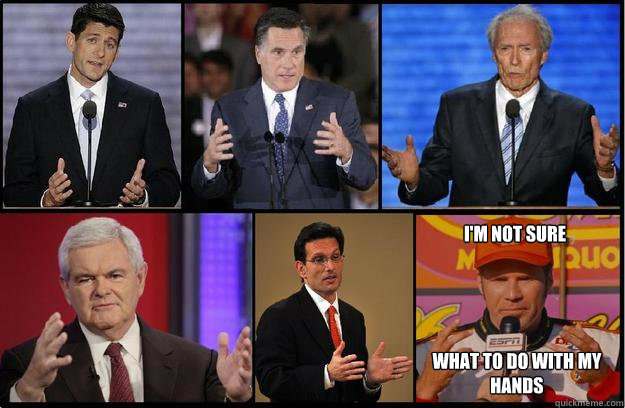
How many times have you been in a conversation and then suddenly realized you had hands? Not that you actually forgot you had them, but you one of those confused moments where you’re not quite sure what your hands are supposed to be doing. It’s happened to all of us! It used to happen to me whenever I introduced myself.
The conversation would be going great and then I would think, “Oh man… my hands haven’t moved in forever…umm, shoot…hands in pockets? On my hips? CRAP…where do my hands go?!” And by this time it’s pretty obvious to the other person that I’m thinking about something else and then the awkwardness just continues… If you haven’t realized already. I used to SUCK at first impressions, I would come off as weird and awkward and it wasn’t fun.
As part of my communication and social skills transformation I remember writing down on my long list of things to learn, “What are my hands supposed to do in a conversation?” So rather than make you go out and search for a list, I’ve prepared one just for you!
Most people know the basics. Palms up displays openness and honesty. Palms down is more authoritative (think traffic cop). The most aggressive, and most often used, is finger pointing. Anyone who’s survived 2nd grade will remember being scolded by the teacher with the finger point. Anyway… Today I give to you, five hand gestures to add to your body language repertoire to ensure you ALWAYS know what to do with your hands!
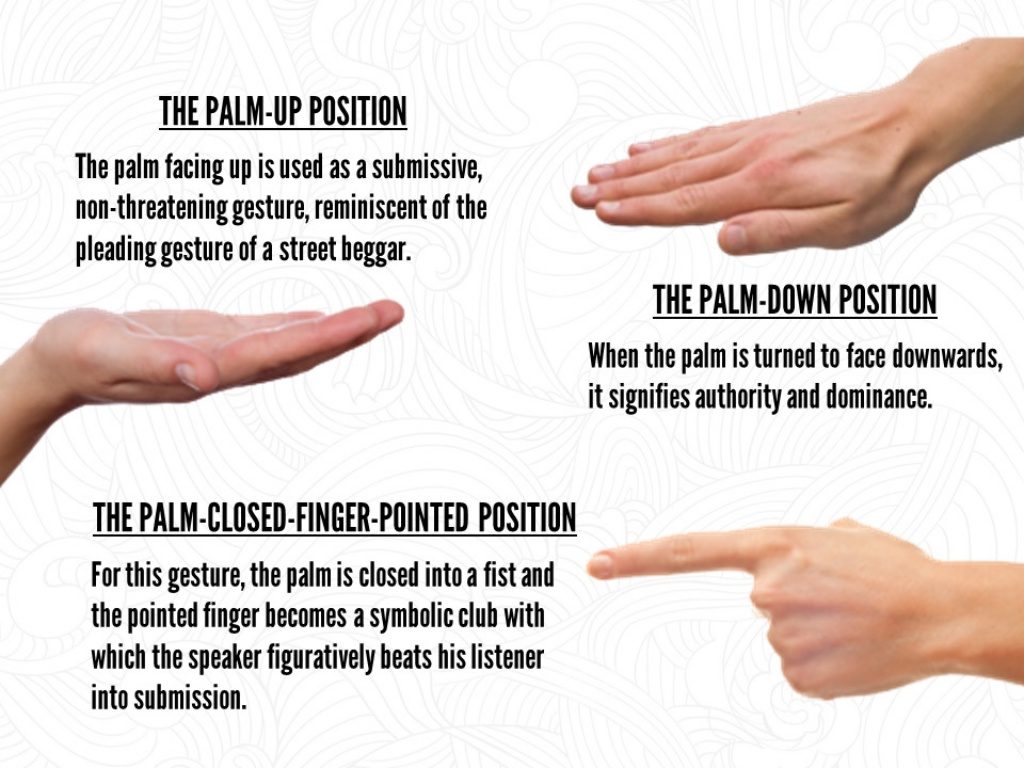
1. Always Use Your Hands When Describing Size
If you’re mentioning a “small problem” to the boss, show a small space between your fingers to show added emphasis. On the flip side, when talking about the MASSIVE GROWTH your company expects this year, use big, bold, upward hand motions. If you caught a 9 inch bass last weekend use your hands to show the space. It helps others to visualize the size easier than using facts and numbers. However, make sure your hands are moving congruently to the size you’re referencing. If you say you saw a HUGE bear but only use two fingers to show the size, your description isn’t going to make any sense.
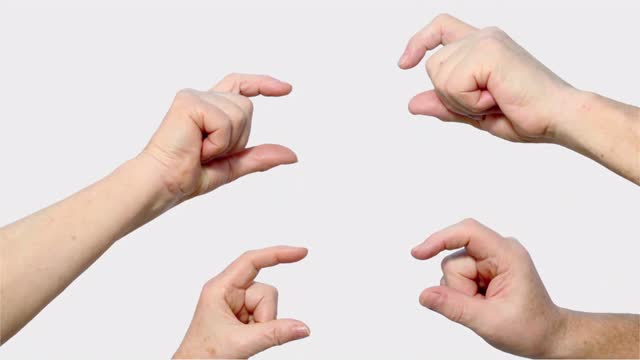
2. Always Use Your Hands When Talking Numbers
Whenever you’re listing items, counting down, or referencing a number 1-10 use your fingers. If you have one big topic, use one finger. If the problem can be solved in “3 simple steps”, use 3 fingers. In speech, using your fingers is like bolding or underlining your text. It draws attention of the listener and also gives a visual cue to follow the discussion.

3. Always Use Your Hands When Categorizing
How many times have you been talking about two or more topics and as you continue you can tell you’re losing your audience? Whenever you are talking about more than one topic it’s easy for your story to become too complicated. If you’re talking about Republicans and Democrats always gesture with your right hand when talking Republicans and your left when discussing Democrats. Apples and oranges, men and women, any two subject topic use one hand for one group the entire time.
The visible separation of the groups helps your audience to follow along and even if they don’t remember which hand stands for what, at least you’ll know they know you’re talking about two separate topics.
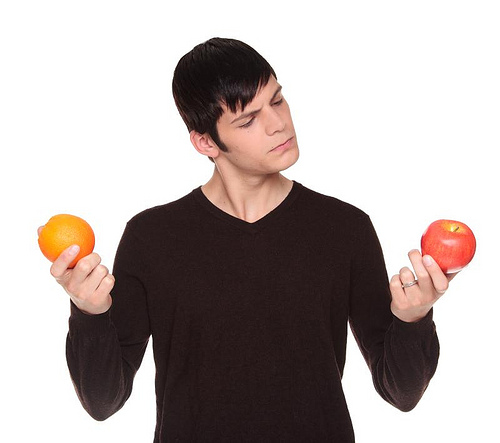
4. Always Use Your Hands to Express Emotion
How do you show someone you really truly care? Obviously tone of voice and word selection matters, but let your hand gestures help you out. Sometimes when we are given bad news we aren’t sure how to appropriately respond. To help show that you care and understand the significance of the situation, raise your hand to your lower neck or upper chest area. Be sure your fingers are spread when you hand touches your chest. This action along with some choice words, “I’m so sorry to hear that” or “This means so much to me,” will help display your heartfelt emotion.
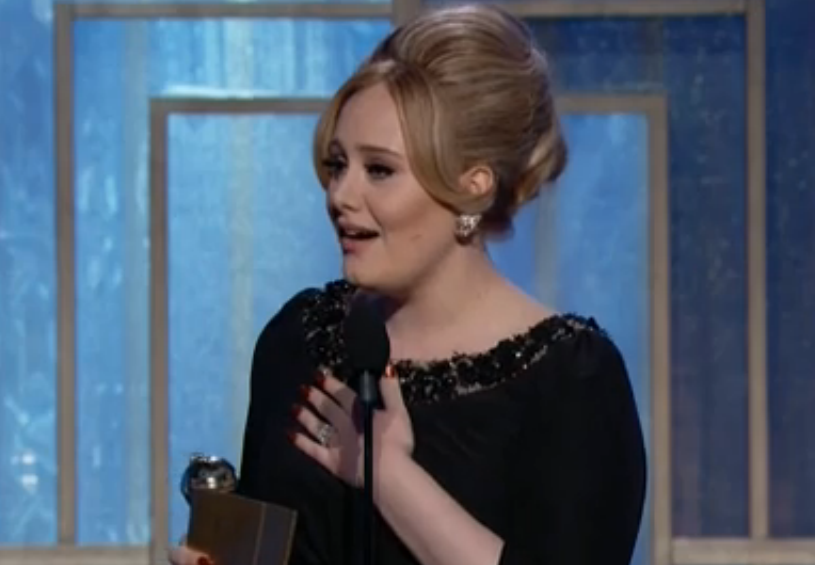
5. When in Doubt, Use The Presidential Thumb Up
If you’ve seen any Presidential speech in the last 40 years you will find this hand motion being used. It started from the typical authoritative use of the pointed finger. But if you’re trying to gain favor and earn votes a harsh finger pointing isn’t great for building rapport.
The gesture slowly transformed to more of a karate chop, open hand style, motion before its full transition to a closed hand, half-thumbs up move we see today. Once you notice the presidential thumbs up gesture you can’t un-see it. It is in every speech. The reason? It works! It is the perfect combination of open and welcoming mixed with assertive and confident. Next time you find yourself starting to point or use the karate chop hand, try this presidential thumbs up.
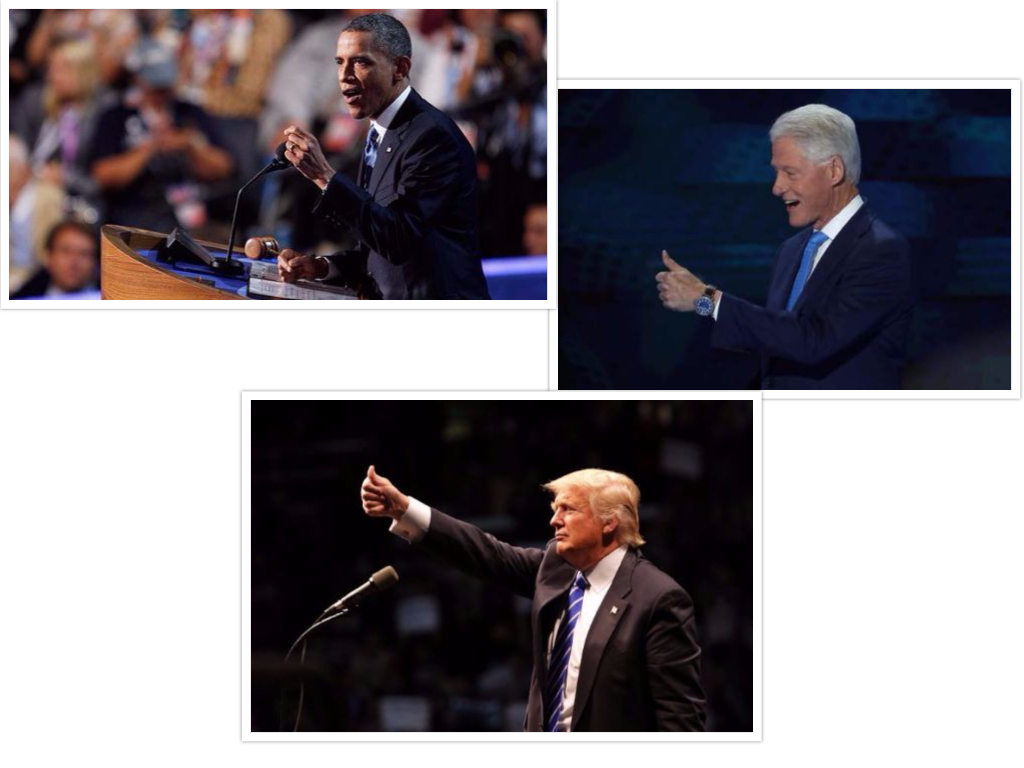 So now you know… 5 simple hand gestures to add to the mix so you know there’s always have something that your hands can be doing. Practice in the mirror a few times and then employ them during your next conversation to avoid those awkward moments when your hand motions, or lack of, slowly creep into consciousness.
So now you know… 5 simple hand gestures to add to the mix so you know there’s always have something that your hands can be doing. Practice in the mirror a few times and then employ them during your next conversation to avoid those awkward moments when your hand motions, or lack of, slowly creep into consciousness.
Remember, it’s better to use your hands rather than keep them by your side or in your pockets so even if you’re not totally sure what to do don’t stand there like a soldier at attention. Even though we love them, I’d still avoid jazz hands, they’re a bit over the top!

